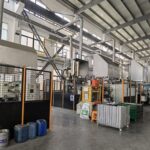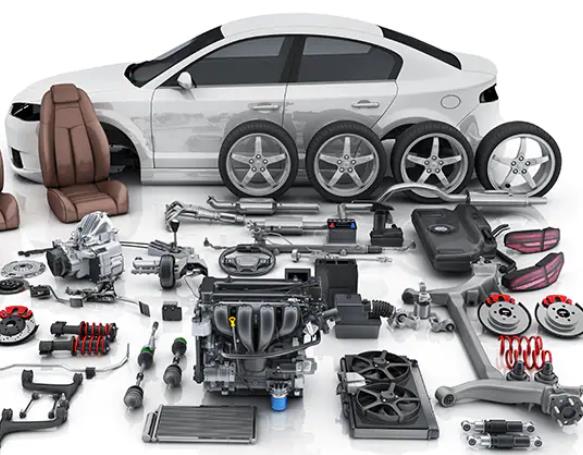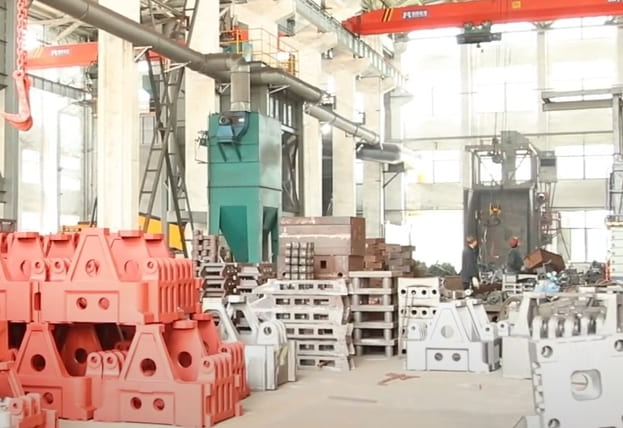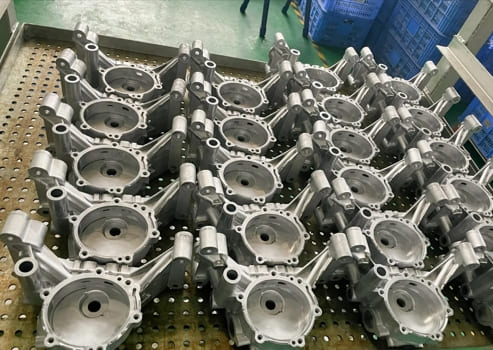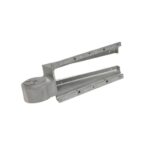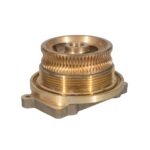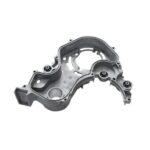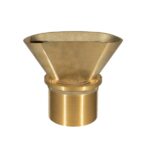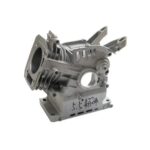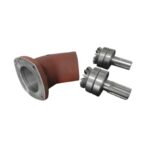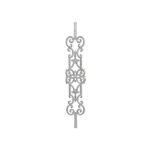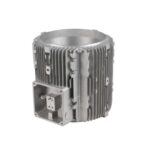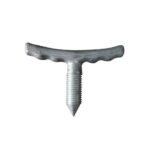In die casting, scaling is the formation of oxide layers on the surface of a metal alloy. The molten metal quickly reacts with atmospheric oxygen, leading to the creation of oxides.
This process results in a layer of scale on the exposed surfaces, which can eventually break down.
Scaling may resemble soldering since both involve molten alloys adhering to the mold, but the underlying processes and affected casting areas set them apart.
The high temperatures involved in the die-casting process also contribute to scaling. This article examines the causes, mechanisms, effects, and prevention of oxide formation on surfaces.
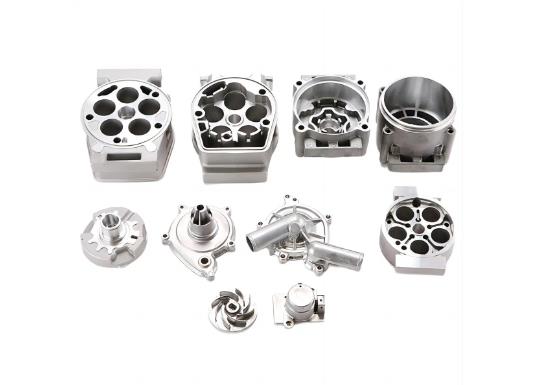
Reasons for Scaling
The primary reason for the formation of oxides is the presence of iron (Fe) in the alloys. Additionally, elements such as silicon (Si) can combine with iron in the alloys to create oxides to a lesser degree.
Extreme temperatures can also accelerate the reaction with airborne oxygen.
The resulting oxide layer is relatively thin at first, allowing further oxidation to occur. Researchers have noted that the initial stages of scaling progress quickly but slow down over time.
Only certain specialized iron alloys and similar metals exhibit minimal scaling or affected areas.
Intense mechanical stress and quick temperature fluctuations at high temperatures often exacerbate the scaling process.
This situation is aggravated by ongoing tensile stress, resulting in multiple defects and even the potential for complete damage due to scaling.
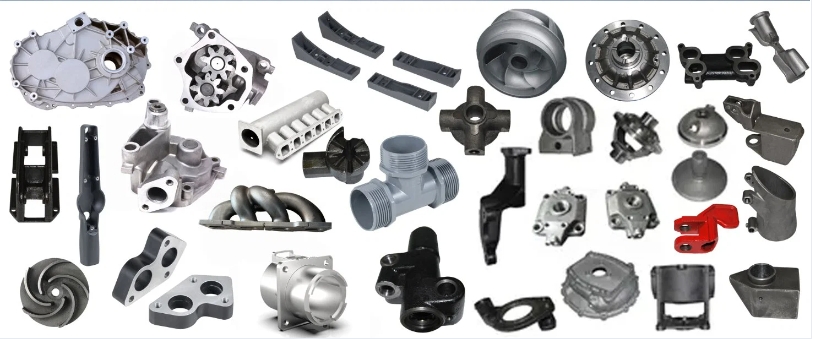
Consequences of Scaling
At first glance, scaling may appear to be a minor surface imperfection. It can have significant long-term negative impacts on casting properties. The following are some notable issues caused by scaling:
- Diminished aesthetics due to poor surface quality.
- Ongoing oxidation of surface components.
- Alterations in shapes and sizes, affecting specifications.
- Decreased adhesion of outer layers, impacting permeability.
- Challenges in maintaining optimal workability.
- Increased vulnerability to additional external defects.
- Higher expenses and time required for repairing the damage.
Improving Scaling or Oxidation Resistance
Adding specific alloying elements can enhance the resistance to scaling in die casts.
This process involves increasing the amount of certain elements to chemically inhibit oxidation, but it requires careful management to avoid significantly altering the mechanical properties.
- Silicon (Si): Silicon is effective in enhancing scaling resistance. When used in amounts up to 3%, it significantly decreases the rate of oxidation. Higher concentrations can increase resistance further, particularly by slowing down the oxidation process.
- Nickel (Ni) or Copper (Cu): Both nickel and copper work well with low-constituent cast iron alloys. For best results, these alloys should contain nodular graphite. Neither element offers as much resistance as silicon.
- Zinc (Zn): Zinc can also substantially improve oxidation resistance, especially in aluminum die-casting alloys. Its effectiveness is limited, and it is not recommended for use with cast iron alloys due to potential adverse effects.
Other heavy elements such as molybdenum (Mo) have a similar impact as nickel and copper. Only a select few alloys demonstrate a noticeable decrease in scaling in die casting.
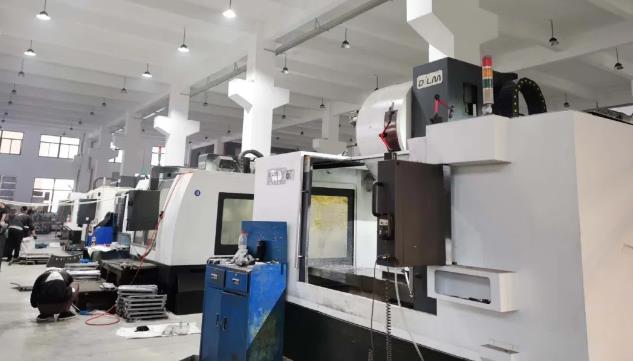
Avoiding Scaling
While enhancing a specific alloy component can improve resistance, there are additional ways to prevent scaling.
These preventive measures focus on careful and precise execution throughout the die-casting process. Here is a table summarizing the key points related to optimizing the die-casting process:
| Aspect | Description | Impact |
|---|---|---|
| Gating System | Short, direct metal flow path | Enhances gate efficiency |
| Dimensions and Proportions | Appropriate size and uniform wall thickness | Enables smoother, continuous flow |
| Mold Design | Minimize deflection during pressurization | Improves casting quality |
| Mold Rigidity | Strength and support for maximum rigidity | Maintains structural integrity |
| Cooling System | Closely spaced waterway | Prevents excessive, rapid cooling |
| Tool Maintenance | Regular trimming and cleaning | Avoids machining problems |
| Clamping Force | Properly calibrated force | Impacts safety, quality, serviceability |
| Iron Content Control | Maintain 0.6% to 0.9% iron content | Reduces tool-alloy adhesion |
| Release Agent | Effective concentration and spray | Reduces tool-alloy adhesion |
Modern die-casting manufacturers offer exceptional precision to reduce scaling in die casting, but unique or custom die casts may still encounter this defect due to compromised parameter adjustments.
Employing countermeasures to manage stress and high temperatures can be advantageous. Drop me an email with your ideas, and I’ll get back to you swiftly!



